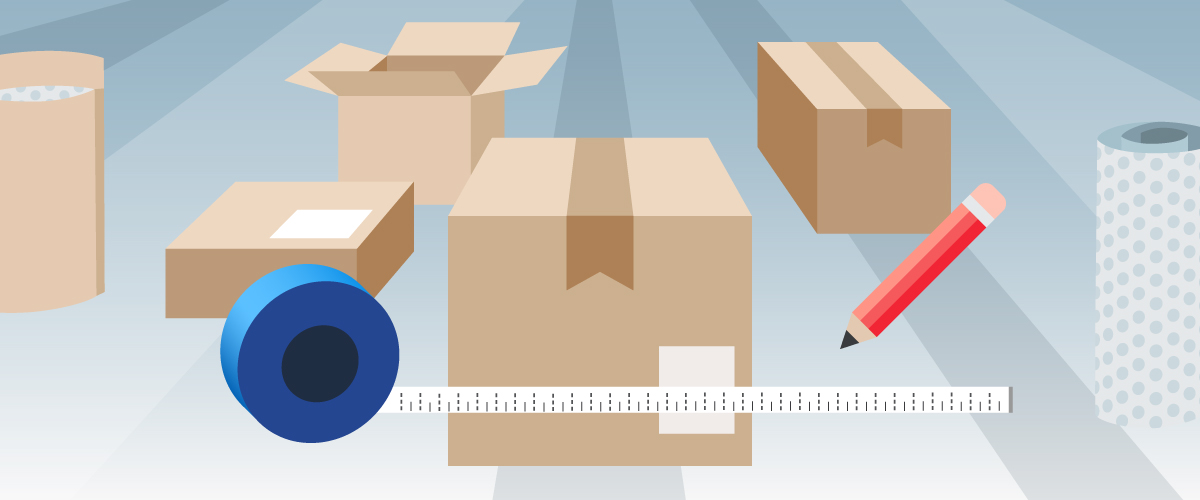While it is important to provide detailed shipment descriptions and values for your shipments, accuracy with weight, dimensions and package type is just as important.
1. Accurate weight and dimensions
By being precise with your weight and dimensions you can avoid incorrect postage costs, postage adjustments and returns. Read more on how to avoid underpaying postage in our support article.
- Use dependable tools for measuring the length, width and height of packages.
- Calibrate your scale.
- Always weigh and measure your shipments after packaging them.
Did you know?
While packaging may not weigh much, a difference of 100 g can make a difference in postage costs! Depending on the overall weight and service used, your packaging may put your shipment into a different weight class for postage.
2. Double-check and verify
After importing shipments, it is important to verify your shipment information. Don’t forget that it is the shipper’s responsibility to provide accurate shipment details as inaccurate information can result in:
- Postage adjustments due to insufficient postage
- Possible shipping delays
- Undeliverable shipments (returns)
- Additional administrative fees
TIP
Putting a Quality Assurance process in place is always a good idea!
3. Always round up
Shipping carriers will always round up from the actual weight to calculate the postage cost. Be sure to round up to the nearest:
- Ounce (oz) for U.S. shipments under 1 lb
- Pound (lb) for U.S. postage
- Ounce (oz) for International postage
- 500 g for Canadian postage
Other useful resources
Find more valuable tips in our previous blog posts and our Help & Support library.
